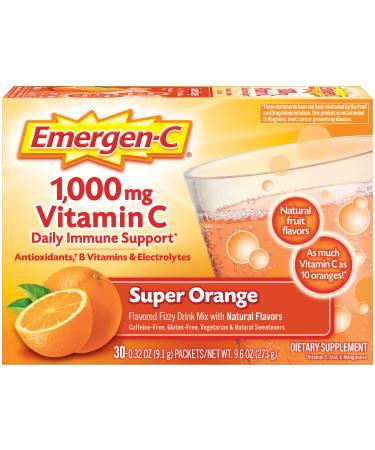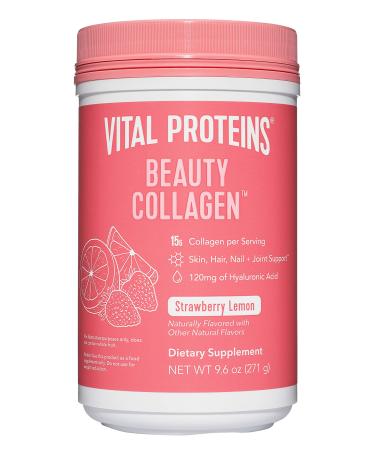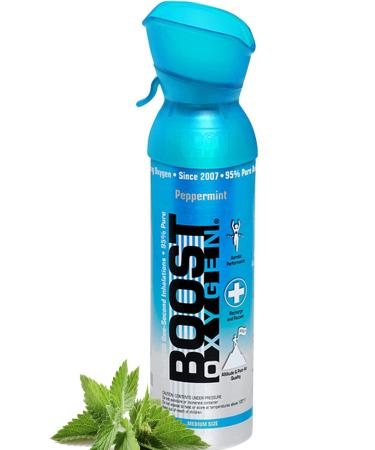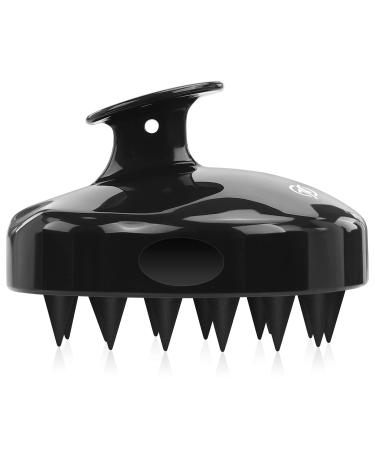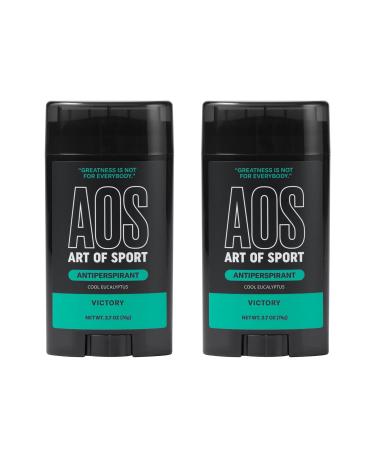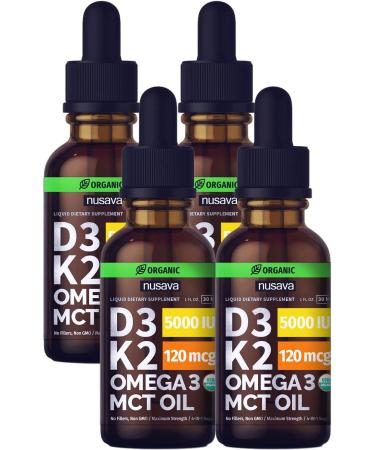Doctor's Best Noni contains pure dried Morinda citrifolia fruit, commonly known as Noni. The Morinda citrifolia plant has a long history of traditional use in Southeast Asia and the South Pacific for a spectrum of healthful purposes. As ancestors of Polynesians migrated from Southeast Asia two millennia ago, they presumably brought with them plants that were valued for their nutritional content and other health-promoting qualities. Scholars believe that noni was very prominent among the plants that were brought to Polynesia to help the migrants maintain health.1 Polynesian mythology relates a number of stories where noni is central to the hero averting famine. In more recent times, noni fruit was recognized as a food source in a field manual issued to U.S. soldiers during World War II.2 The fruit is known as a good source of potassium and other minerals, and its nutritional profile includes several fatty acid glycosides that appear to be unique to noni when the fruit is ripe.3
Since it is today found in most tropical regions, noni also goes by many other names, including Indian Mulberry, Hai Ba Ji, Cheese Fruit, and Nhau.4 While some ethnobotanical reports document its use as a food, noni was (and continues to be) commonly used in many cultures to support diverse areas of wellness such as joint health, immune function, and enhancement of carbohydrate metabolism. In Malaysia, where noni goes by the name Mengkudu, the raw fruit is customarily eaten to purify the blood.5
As of 2010, over 100 bioactive compounds have been discovered in noni fruit. Among the phytochemical classes are flavonoids (including rutin & quercetin), coumarins (scopoletin), fatty acids, iridoids, lignans, phytosterols ( -sitosterol), polysaccharides, and terpenoids.3 Researchers speculate that this diversity of compounds—in addition to possible synergistic actions between them—could explain the equally diverse traditional uses for noni over for centuries.4 In vitro examination of noni fruit extract revealed antioxidant activity as potent as that of vitamin E.6
Four saccharide fatty acid esters from noni fruit, including one that was newly discovered, displayed anti-inflammatory activity in mice that was even more potent than the action of quercetin, which is another natural compound found in noni and one that is revered for its antioxidant and inhibitory activity.7 Another study that discovered two new lignans in noni fruit also found that these lignans—in addition to several other compounds—inhibited inflammatory enzymes found in humans, in vitro.8 In yet another study that investigated inflammation and immune response, noni fruit puree was used experimentally both in mice and in human monocyte (white blood cell) culture.9 The results were impressive in both respects, demonstrating inhibition of MMP-9 (a marker of inflammation) in the cell cultures and inhibition of inflammatory enzymes in the mice.
Iridoids: Not found in your average fruit - Iridoids are a class of plant compounds that have demonstrated a wide range of bioactivity, including physiological actions that have potential to enhance health in humans.10 While most fruit abounds with various flavonoids, this is not the case with iridoids. Noni, on the other hand, boasts a higher content of iridoids than flavonoids—including an unusual and active iridoid named citrifolnin A that shows remarkable activity in vitro.11, 12 The major iridoids in noni fruit, as determined by HPLC analysis done in 2010, are deacetylasperulosidic acid (DDA) and asperulosidic acid (AA).13 Having worked extensively with noni, the researchers making this discovery proposed that the DDA & AA may be contributors to many of noni's wide spectrum of health-promoting effects. Animal studies have illustrated the utility of asperulosidic acid in promoting the maintenance of healthy cell function in the face of extreme adversity (toxic insults).10 Additionally, deacetylasperulosidic acid has been found in vitro to inhibit lipid oxidation at a strikingly high level for a natural compound.14
Leading Edge Noni Findings - In a 2010 study of rats put on a high-fat diet, some of the rats were also fed noni fruit extract. The fruit extract helped a subgroup of rats in the study maintain a significantly more preferable level of blood lipids than those not receiving the noni extract.15 The researchers believe that Morinda citrifolia achieves these results in part through the inhibition of HMG Co-A, but that other mechanisms—such as the flavonoid content of noni—are probably also contributing to the inhibition of lipid biosynthesis. Furthermore, they conclude that the high antioxidant content of noni can battle the oxidative stress caused by the amount of lipid biosynthesis that does occur. The results from this animal study have further paved the way for clinical investigations to be carried out in order to clearly define the potential cardiovascular benefits of noni extract.
Noni: Then and Now
The tireless pursuit of uncovering scientific knowledge to help us understand the actions of noni on human health is ongoing, in part due to an interest in finding mechanisms to explain why the traditional use of noni was, and continues to be, so prominent. Additionally, exciting new areas of interest currently undergoing clinical investigation include cognitive function and athletic endurance.
Safety
Numerous toxicity tests and a clinical study have been performed to ensure the safety of noni juice.16, 17 More recently, an HPLC lab analysis of noni fruit puree found it to be void of potentially genotoxic anthraquinones, alleviating any safety concerns about these compounds that are found in the noni root.18 The European Commission (EC) approved noni fruit juice as a novel food in 2003.9 This action gives much credence to the safety of noni, as EC regulations are strict and require scientific evidence showing that novel foods do not present a danger for the consumer.
Scientific References
1. Wang, M.Y., et al., Morinda citrifolia (Noni): a literature review and recent advances in Noni research. Acta Pharmacol Sin, 2002. 23(12): p. 1127-41.
2. Merrill, E., Technical manual. Emergency food plants and poisonous plants of the islands of the Pacific, W. Department, Editor. 1943, US Government Printing Office: Washington DC.
3. Potterat, O. and M. Hamburger, Morinda citrifolia (Noni) fruit--phytochemistry, pharmacology, safety. Planta Med, 2007. 73(3): p. 191-9.
4. Deng, S., B. West, and C. Jensen, A quantitative comparison of phytochemical components in global noni fruits and their commercial products. Food Chem, 2010. 122(2010): p. 267-270.
5. Zakaria, M.b. and M.A. Mohd, Morinda citrifolia Linn., in Traditional Malay Medicinal Plants. 1994, Penerbit Fajar Bakti Sdn. Bhd.: Kuala Lumpur. p. 95.
6. Zin, Z., A. Abdul-Hamid, and A. Osman, Antioxidative activity of extracts from Mengkudu (Morinda citrifolia L.) root, fruit and leaf. Food Chem, 2002. 78(2002): p. 227-231.
7. Akihisa, T., et al., Anti-inflammatory and potential cancer chemopreventive constituents of the fruits of Morinda citrifolia (Noni). J Nat Prod, 2007. 70(5): p. 754-7.
8. Deng, S., et al., Lipoxygenase inhibitory constituents of the fruits of noni (Morinda citrifolia) collected in Tahiti. J Nat Prod, 2007. 70(5): p. 859-62.
9. Basar, S., et al., Analgesic and antiinflammatory activity of Morinda citrifolia L. (Noni) fruit. Phytother Res, 2010. 24(1): p. 38-42.
10. Tundis, R., et al., Biological and pharmacological activities of iridoids: recent developments. Mini Rev Med Chem, 2008. 8(4): p. 399-420.
11. Dinda, B., S. Debnath, and Y. Harigaya, Naturally occurring secoiridoids and bioactivity of naturally occurring iridoids and secoiridoids. A review, part 2. Chem Pharm Bull (Tokyo), 2007. 55(5): p. 689-728.
12. Deng, S., Chemical analysis of bioactive iridoids in commerical fruit juices. Journal of Medicinal Foods Plants, 2010. 2(1): p. 6-9.
13. Deng, S., et al., Determination and comparative analysis of major iridoids in different parts and cultivation sources of Morinda citrifolia. Phytochem Anal, 2010.
14. Kim, D.H., et al., Iridoid glycosides isolated from Oldenlandia diffusa inhibit LDL-oxidation. Arch Pharm Res, 2005. 28(10): p. 1156-60.
15. Mandukhail, S.U., N. Aziz, and A.H. Gilani, Studies on antidyslipidemic effects of Morinda citrifolia (Noni) fruit, leaves and root extracts. Lipids Health Dis, 2010. 9(1): p. 88.
16. West, B., et al., A safety review of noni fruit juice. J Food Sci, 2006. 71(8): p. R100-R106.
17. Westendorf, J., et al., Toxicological and analytical investigations of noni (Morinda citrifolia) fruit juice. J Agric Food Chem, 2007. 55(2): p. 529-37.
18. Deng, S., et al., Development and validation of an RP-HPLC method for the analysis of anthraquinones in noni fruits and leaves. Food Chem, 2010. 116(2010): p. 505-508.



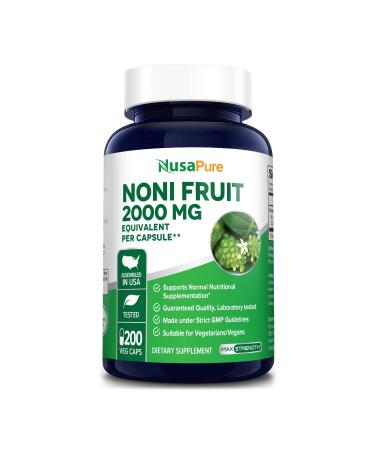
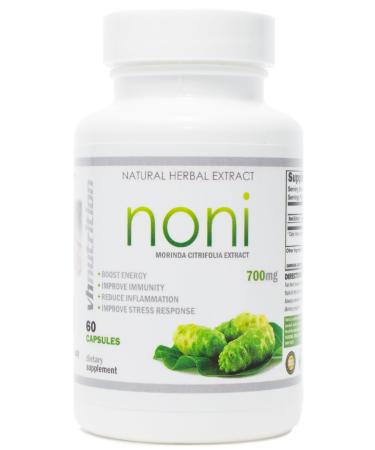

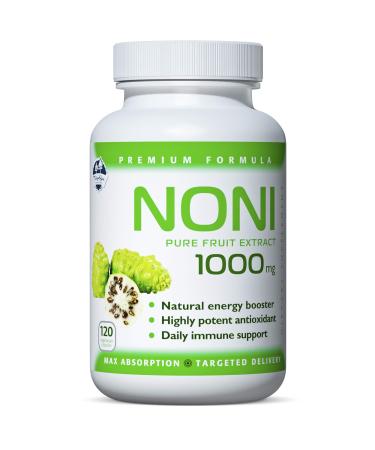
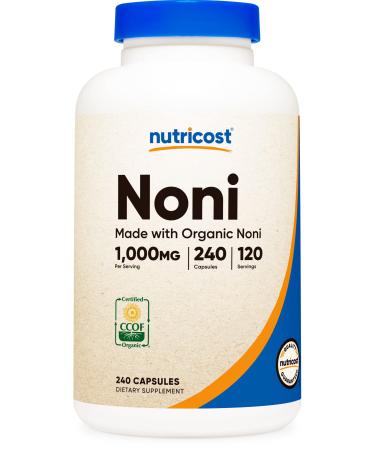
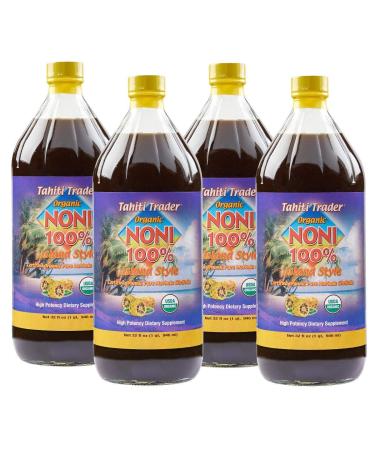
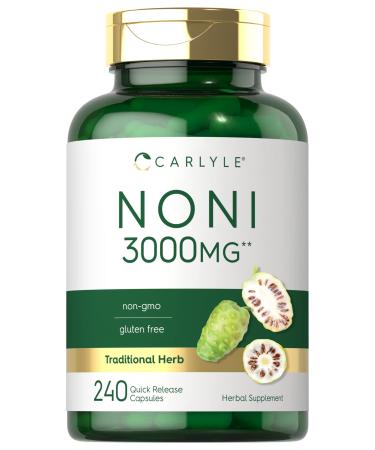
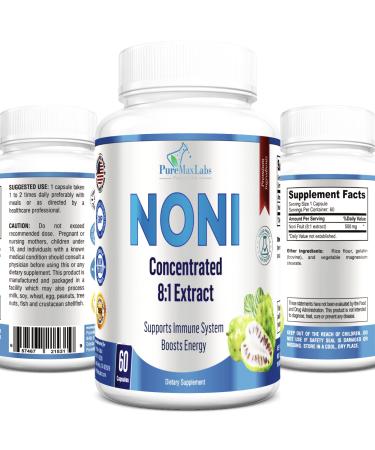
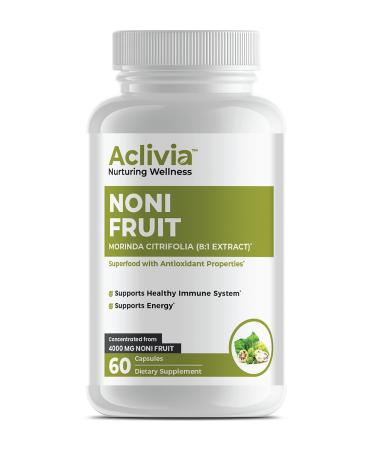


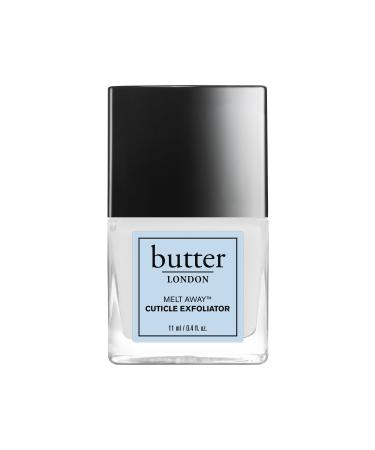
![Stewart Freeze Dried Dog Treats Made in USA [Single Ingredient Puppy and Dog Training Treats - Grain Free Natural Dog Treats] Resealable Tub to Preserve Freshness](https://www.gosupps.com/media/catalog/product/cache/25/small_image/375x450/9df78eab33525d08d6e5fb8d27136e95/6/1/61gwbbixarl._ac_sl1500_.jpg)
